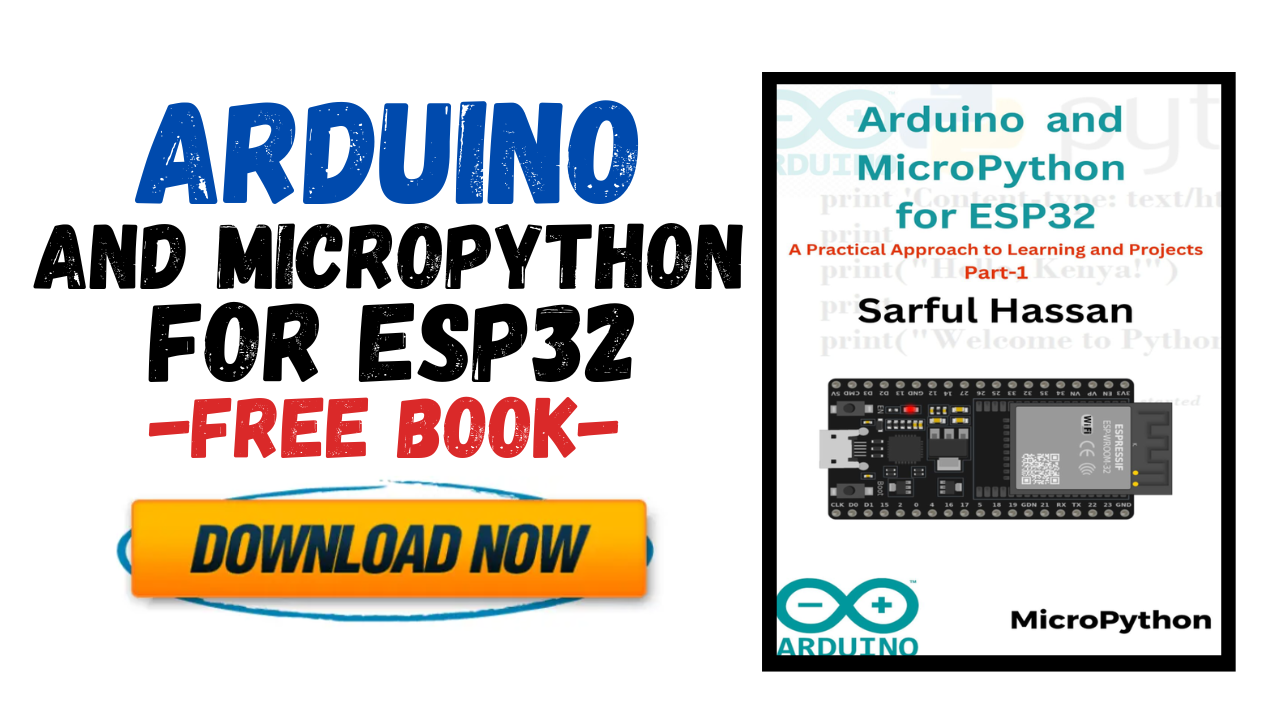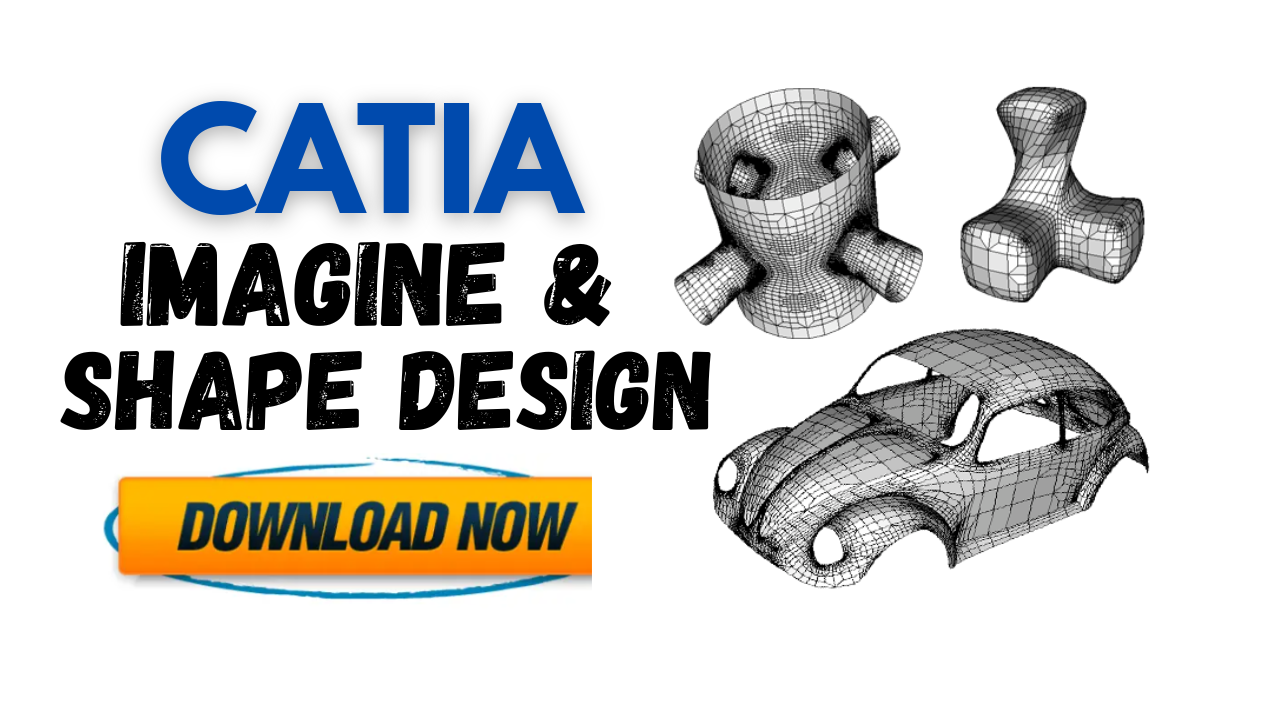The book “Programming Arduino – Getting Started with Sketches” is an essential read for anyone who wants to learn how to bring Arduino projects to life through programming. Written in a clear and practical style, it serves as the perfect introduction to understanding how to write, modify, and troubleshoot Arduino code, known as “sketches.” Whether you are a beginner in electronics or an aspiring engineer, this book provides the foundation you need to turn your creative ideas into functional prototypes.
One of the main reasons to read this book is that it demystifies the coding process. Many new Arduino users struggle with understanding how to make their hardware respond to commands. This book simplifies programming concepts by breaking them into easy, step-by-step lessons. It explains variables, loops, functions, and libraries in a way that is approachable for beginners, while still offering depth for more advanced readers.
Another major advantage of this guide is its hands-on learning approach. Each chapter includes practical examples that show you how to control LEDs, motors, sensors, and other components using sketches. This helps you learn by doing, reinforcing both programming logic and circuit-building skills.
The book also teaches best practices in coding, such as how to write clean, efficient, and reusable code. This knowledge is vital for anyone planning to develop larger or more complex Arduino projects in the future.
In summary, “Programming Arduino – Getting Started with Sketches” is more than just a programming manual—it’s a comprehensive guide to creative problem-solving with technology. Reading it will help you gain confidence in coding, understand how hardware and software interact, and inspire you to explore the limitless possibilities of Arduino-based innovation. It’s a must-have for anyone serious about learning embedded programming.

![[PDF] Programming Arduino - Getting Started with Sketches](https://www.youcanfindeverythinginthis.space/wp-content/uploads/2025/10/PDF-Programming-Arduino-Getting-Started-with-Sketches.png)
![[PDF] Programming Arduino - Getting Started with Sketches](https://www.youcanfindeverythinginthis.space/wp-content/uploads/2025/10/2025-10-16_100911.png)
![[PDF] Engineering Design and Graphics with SolidWorks - Free Book](https://www.youcanfindeverythinginthis.space/wp-content/uploads/2025/09/PDF-Engineering-Design-and-Graphics-with-SolidWorks-Free-Book.png)
![[Pdf] Price Action Trading Secrets — Trading Strategies](https://www.youcanfindeverythinginthis.space/wp-content/uploads/2025/09/Pdf-Price-Action-Trading-Secrets-—-Trading-Strategies.png)
![[PDF] 100 Essential ESP32 IOT Projects — Free Book](https://www.youcanfindeverythinginthis.space/wp-content/uploads/2025/09/PDF-100-Essential-ESP32-IOT-Projects-—-Free-Book.webp)


![[PDF] Blender 3D Incredible Models-A Comprehensive Guide](https://www.youcanfindeverythinginthis.space/wp-content/uploads/2025/09/PDF-Blender-3D-Incredible-Models-A-Comprehensive-Guide.webp)